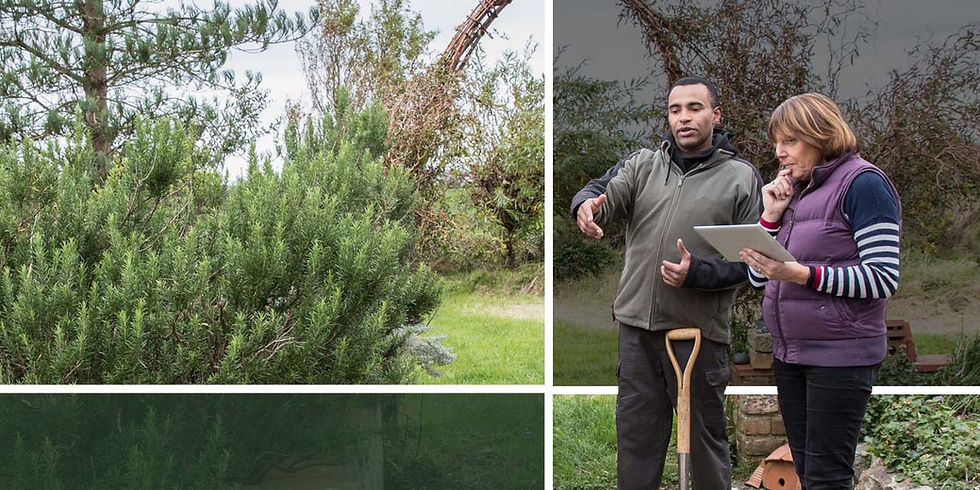Hardscaping care explained
- Rooted in Nature

- Sep 13, 2022
- 2 min read

Planning out the perfect backyard is one of the most fun and rewarding projects you can take on in your home. Almost like putting together a puzzle, you have to balance the gardens, the ornamental plants, the outdoor living spaces, the functional spaces, and the hardscaping. Once you have it all in, you get to relax and enjoy the beauty that you created. Eventually, however, you will need to do some maintenance! When it comes to taking care of hardscapes, follow these great tips.
Sweep often
Sweeping and cleaning your hardscaping is the most important thing that you can do to keep it looking great. Dirt and gravel on the hardscape surface can cause scratches over time, and leaves that break down and decompose on them can cause staining. Take the time every day or every few days to sweep any leaves and debris off the hardscaping surfaces. For more stubborn dirt, wash or rinse the hardscaping with a hose.
Check for stains
If it has been a while since you swept or rinsed off your hardscaping, take some time to check it for stains. Staining is especially likely in the fall, when more leaves accumulate on the ground and wet conditions speed up decomposition. If there are stains, wash them with a little dish soap and a bristle brush, or pressure wash the hardscaping surfaces.
Watch the joints
Take time to check the joints between pavers or bricks in your hardscaping. Over time joints can “creep” or open up as the retaining edge fails or winter freeze-thaw conditions cause pressure. The sand in the joints can also wear down from wind and water over time. If you find loose sand, that is a sign that your joints may need to be re-sanded and sealed.
Tackle weeds
If you see weeds growing up out of the joints between pavers or between other aspects of your hardscaping, it is important to pull them quickly. It is easier to pull young weeds before they have a chance to take deep roots and cause more damage.
Consider sealing
Many pavers available today are designed to be low-maintenance and not require sealing. Just because it doesn’t require sealing doesn’t mean that you can’t or shouldn’t seal it. Sealing your pavers can still provide an additional layer of protection. Most sealers come in either high-gloss or matte styles. High-gloss will bring out the paver color, while matte seals will add protection without really changing the look.
For help planning your next hardscaping project, call us today at 443-846-0199 or email info@rootedinnaturemd.com to learn more and schedule a consultation with our Maryland hardscape experts.



Comments